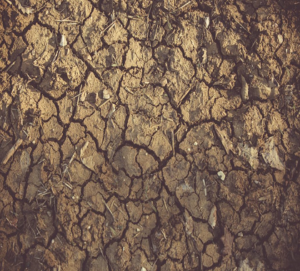Mining
Environmentally Sustainable Development is defined as development that meets the needs of the present, without compromising the ability of future generations to meet their own needs.

Environmentally Sustainable Development
Sustainable development is defined as development that meets the needs of the present, without compromising the ability of future generations to meet their own needs. The principles of sustainable development involve integrating economic activity with environmental integrity, social concerns, and effective government systems. These principles have had a growing influence on the development of environmental and social policy in recent decades. They have also been adopted and promoted by a number of international organizations including the United Nations and the World Bank. A number of industry associations, including the International Council of Mining and Metals and the Mining Association of Canada have endorsed the principles of sustainable development. As a result, they have developed their own guidelines to promote sustainable practices among their member organizations.
These Practices include Measures such as:
Environmentally Sustainable Development: Initiatives
Water. Which is used in a number of applications on mining sites. In response to water scarcity in many mining regions, a number of innovative water conservation practices are being developed and implemented to reduce water use. Water management strategies are used to reduce the volume of waste water produced.
Energy. Mining and metal processing can be a very energy-intensive process. Reducing energy consumption at mines can reduce greenhouse gas emissions. Mining companies are also investigating renewable energy sources as a way to reduce operating costs and reliance on external energy sources including solar power and wind turbines.
Land Disruption. Mining activities use land at every stage of the mine cycle, including exploration, construction, operation, closure, and post-closure. There are a number of ways to reduce the land-use impacts of mining. These include reducing the overall footprint of the mining area, minimizing the amount of waste produced and stored, maintaining biodiversity by transplanting or culturing any endangered plants found on the site, and planning mines around existing infrastructure where possible.



Environmentally Sustainable Development: Reducing Outputs
Mine waste is a biproduct of mining operations. It is generally recognized that preventing pollution is more economic and effective at reducing environmental impacts than cleaning it up at a later time. Methods for minimizing and eliminating waste in the production of mineral and metal commodities include:
- Using cleaner production techniques.
- Environmental control technologies.
- Using waste as raw material.
- Reducing the amount of waste produced through process re-engineering.
